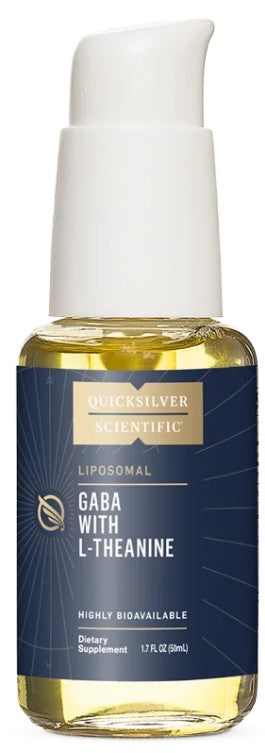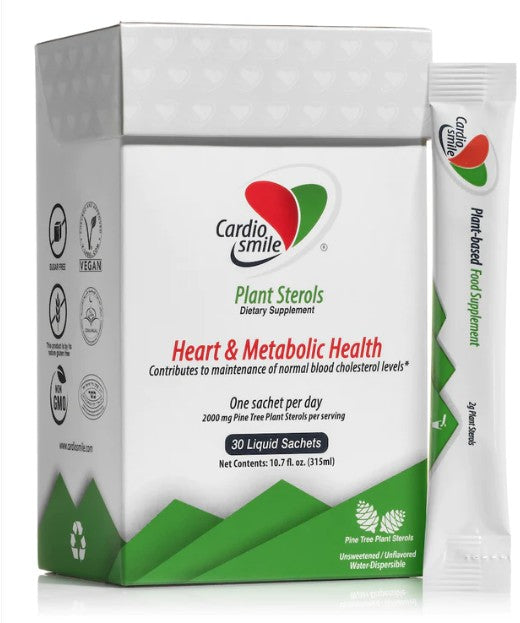Rheumatoid arthritis can come on gradually or suddenly, and usually develops simultaneously on both sides of the body with painful inflammation, tender swelling, stiffness, contractures, and thickening or nodules around the joints. It affects over 350,000 people in the UK, with approximately 12,000 new cases each year. Arthritis is a term widely and loosely used by both patients and many doctors to describe almost any rheumatic ache or pain. However, for the rheumatologist, arthritis is a very specific medical term used to describe actual inflammation in joints. The word itself takes its origins from the Greek words arthron (joint) and itis (inflammation). There are very many causes of joint inflammation, including well-known conditions such as gout. As this is an autoimmune condition, other associated conditions may also be involved. These include Raynauds phenomenon, osteoporosis, swollen lymph glands, dry mouth and eyes, otherwise known as Sjogren's syndrome. The onset of rheumatoid arthritis is often associated with physical or emotional stress, however, poor nutrition or bacteria may also be involved. It is clear that there is a tendency for RA to run in families.
Homeopathy is often helpful for relieving pain and stiffness. A constitutional remedy, with the guidance of an experienced homeopath, is often the best approach for dealing with chronic conditions. However included here are remedies that can be self prescribed
Arnica: this remedy may help chronic arthritis with a feeling of bruising and soreness. The painful parts feel worse from being moved or touched. (Herbal Arnica gels and ointments may also help to soothe arthritic pain when applied externally to areas of inflammation and soreness.)
Bryonia: This remedy can be helpful for stiffness and inflammation with tearing or throbbing pain, made worse by even the smallest motion. The condition may have developed gradually, and is worse in cold dry weather. Discomfort is aggravated by being touched or bumped, or from any movement. Pressure brings relief (if it stabilizes the area) and improvement also comes from rest. The person may want to stay completely still and not be interfered with.
Calcarea fluoride: This remedy is often indicated when arthritic pains improve with heat and motion. Joints become enlarged and hard, and nodes or deformities develop. Arthritis after chronic injury to joints also responds to Calcarea fluoride.
Kali carbonicum: Arthritis with great stiffness and stitching pains, worse in the early morning hours and worse from cold and dampness, may respond to this remedy—especially if joints are becoming thickened or deformed. People who need this remedy often have a rigid moral code, and tend to feel anxiety in the stomach.
Kalmia latiflora: Intense arthritic pain that flares up suddenly may responds to this remedy—especially when problems start in higher joints and extend to lower ones. Pain and inflammation may begin in the elbows, spreading downward to the wrists and hands. Discomfort is worse from motion and often worse at night.
Rhus toxicodendron: Rheumatoid arthritis, with pain and stiffness that is worse in the morning and worse on first motion, but better from continued movement, may be helped with this remedy. Hot baths or showers, and warm applications improve the stiffness and relieve the pain. The condition is worse in cold, wet weather. The person may feel extremely restless, unable to find a comfortable position, and need to keep moving constantly. Continued motion also helps to relieve anxiety. Select the remedy that most closely matches the symptoms. In conditions where self-treatment is appropriate, unless otherwise directed by a physician, a lower potency (6X, 6C, 12X, 12C, 30X, or 30C) should be used and taken up to 6 times daily. The first trial of homeopathic treatment in rheumatoid arthritis published in a mainstream medical journal was conducted in Glasgow in 1980. It involved 46 patients with rheumatoid arthritis taking orthodox anti-inflammatory treatment. Half the patients took additional homeopathy and half took an inert preparation, or placebo. There were significant improvements in pain, joint tenderness and stiffness in patients receiving homoeopathic remedies. Patients taking placebo showed no benefits. There were no side effects seen with homoeopathic remedies. Gold is still used to conventionally to treat RA. It is one of the few treatments to survive from the alchemical days of medicine, having survived the likes of mercury, lead and arsenic and so forth. Interestingly the homeopathic remedy gold, Aurum metallicum can be given without cause for concern. A person using Aurum could have wandering pains in the muscles and joints that are better from motion and warmth, and worse at night. People who need this remedy are often serious and focused on work or career, with a tendency to suffer from depression.
Complementary treatments include omega-3 fatty acids. Trials have shown that supplementing with fish oils brings symptomatic benefit to RA patients. The well-known glucosamine, an amino sugar has also been shown to help with the formation or bones, ligaments and tendons. Reducing acid forming foods would also help. Devils claw whose active ingredient contains harpagoside has also shown moderate effects in helping arthritis. Ginger, another herbal remedy has similar properties to non-steroidal anti-inflammatory drugs. Studies using black cumin, or nigella sativa reveal its natural anti-inflammatory effect in arthritis. Another spice, cayenne contains a compound called capsaican that helps inhibit a neurotransmitter that communicates pain sensations. It can be applied topically as a paste with wintergreen oil or taken in a capsule or tincture form. Hot castor oil packs can also work very well for pain relief. Fresh pineapple contains the digestive enzyme bromelain that is excellent for reducing inflammation. Bathing in mineral waters such as the Dead Sea, obviously not the most practical or in thermal waters at temperatures of around 34 degrees using a bath salt can help to relieve pains.




